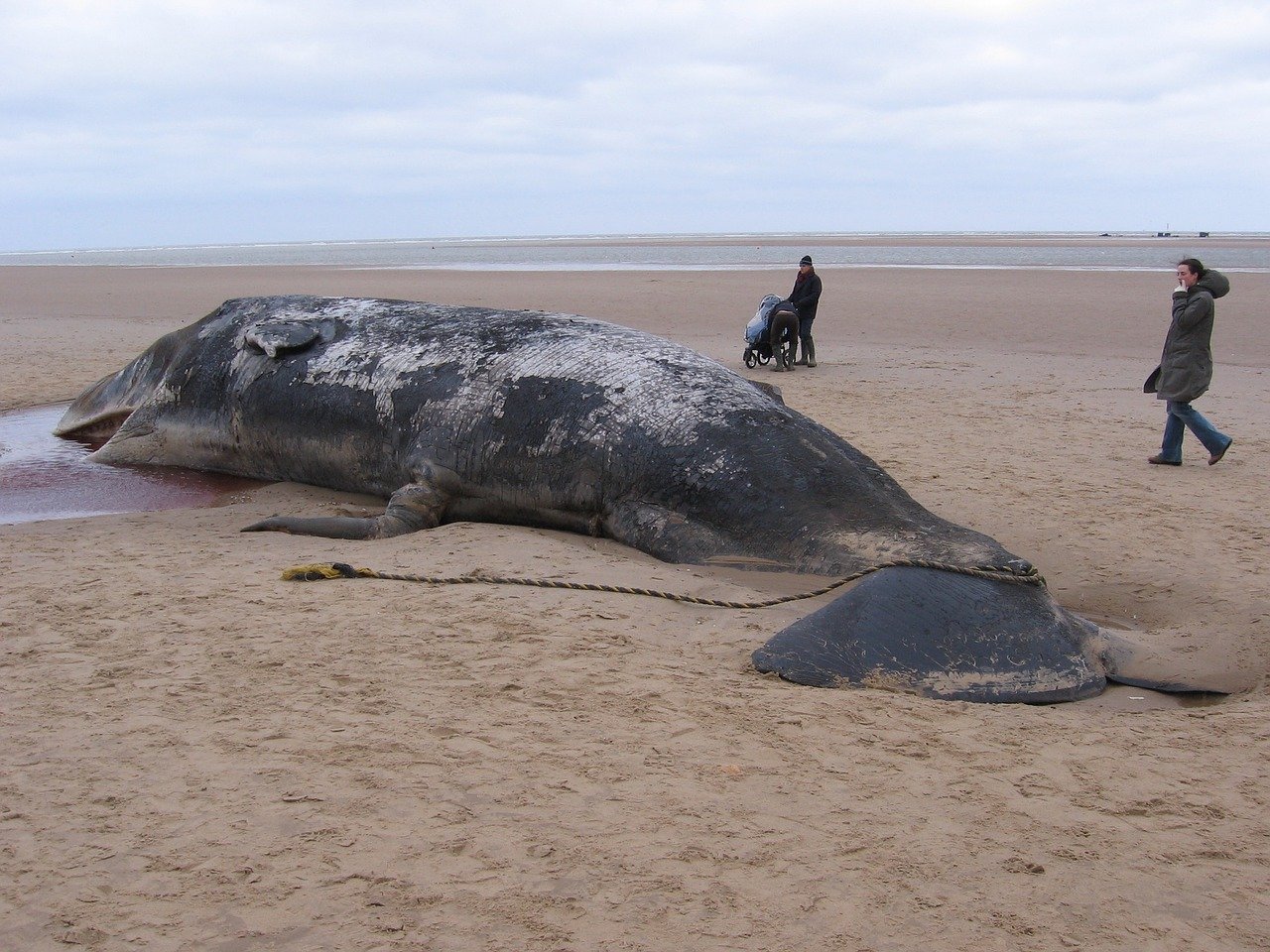This article written by Cypress Hansen describes the harm caused to large mammals due to pollutants and toxic chemicals entering our seas and oceans. Cypress suggests these beings offer a significant indicator of the health of earth’s waters.
- Dozens of whales and dolphins that beached themselves on the U.S. Atlantic Coast contained high levels of pollutants and heavy metals in their blubber and liver tissues, a new study shows.
- For the first time, scientists detected the widely used antibiotic Triclosan and the popular herbicide Atrazine in rare species that spend their lives hundreds of kilometers offshore.
- While the findings suggest these toxins may contribute to the demise of marine mammals, more research is needed to determine direct cause and effect.
Marine mammals stranded on beaches in the southeastern United States died with high levels of pollutants stored in their organs and blubber, researchers reported recently in Frontiers in Marine Science.
“Marine mammals are like a litmus test for the ecosystem,”
said lead author Annie Page-Karjian, clinical veterinarian at Harbor Branch Oceanographic Institute, Florida Atlantic University. “Looking at them and the toxins they’re exposed to gives us a snapshot of what is happening in the marine environment.”
Thousands of chemicals from households, farms and factories quietly enter the ocean every day. Some readily absorb onto bits of another common pollutant: plastic. When mistaken for food by small animals like plankton and anchovies, plastic enters the food chain—along with the chemicals it soaked up.
While the amount of toxins eaten by one anchovy is minuscule, most marine mammals are apex predators, eating hundreds of fish, squid or krill each day. Through a process called bioaccumulation, small amounts of ingested toxins concentrate in carnivores over time, compromising their immune systems and bodily functions.
The researchers collected autopsy data from 83 toothed whales and dolphins that washed up in Florida and North Carolina between 2012 and 2018. They examined 46 bottlenose dolphins (Tursiops truncatus), 21 pygmy sperm whales (Kogia breviceps), and small numbers of animals from nine other species.
The team screened liver and blubber samples for heavy metals like mercury, lead and arsenic. They also checked for Triclosan, an antibiotic used in dozens of household products; Atrazine, an herbicide used on corn and sugarcane fields; and a handful of plasticizing chemicals such as BPA and NPE, found in countless products from food containers to clothing.
“We found some of the highest mercury concentrations that have ever been reported in any living thing anywhere, ever,”
Page-Karjian told Mongabay. Two bottlenose dolphins found stranded in Waves, North Carolina, and North Palm Beach, Florida, had more than 1,400 micrograms of mercury per gram of tissue (1,400 parts per million) in their livers. Just 10 parts per million of mercury can cause neurological damage in human fetuses.
Besides toxins in their tissues, every animal had a number of physical maladies including kidney deterioration, thyroid tumors and chronic liver disease. . .
This article was written by Cypress Hansen and published on 24 November 2020 in Mongabay. You can read the full, original article here:


Humans: the gift that just keeps on giving!
As I’ve said before, we’d be screwed, even if global warming were a good thing. There are more than half a dozen existential threats out there, and just one species is responsible for all of them.